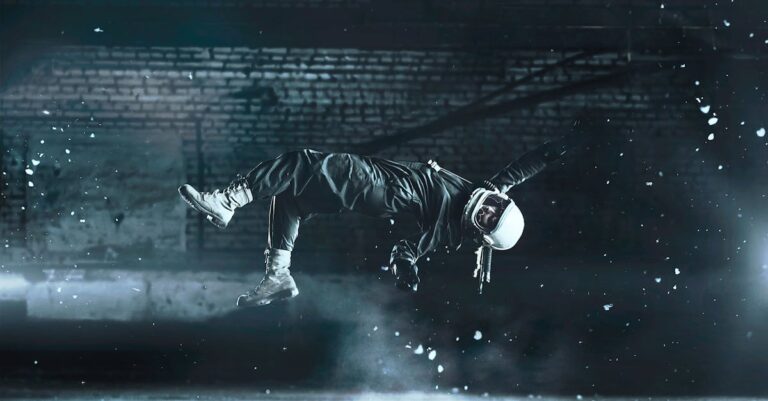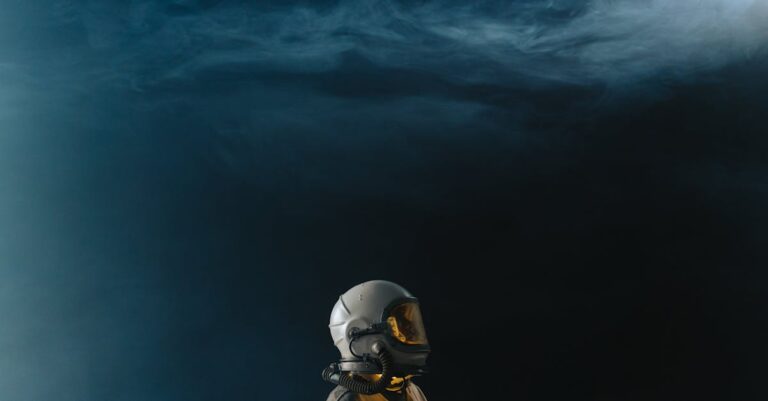
## The Glacial Echo
The wind tasted like frozen needles, biting at Elara’s exposed cheeks as she wrestled the supply crate onto the snowmobile. Each grain of ice glittered, a thousand tiny mirrors reflecting the bruised twilight. Her balance swayed slightly; a consequence of inherited nystagmus, her eyes perpetually searching for equilibrium. Compensation came in precision: the meticulous cataloging of penguin rookeries, the memorization of individual krill migration patterns. She saw detail others missed—the subtle tremor in a Weddell seal’s whiskers, the precise shade of rust on a skua’s beak.
“Damn thing weighs a ton,” grumbled Ben, his breath frosting the air. He adjusted his thermal layers, face weathered like ancient rock. “Think you can handle it?”
Elara tightened her grip on the snowmobile’s handlebars. “Always do.” She didn’t waste energy arguing. Words were currency she conserved, preferring to communicate through observation.
The research station – Serenity Six – loomed on the horizon, a cluster of prefabricated modules clinging to the glacier’s edge. Established decades ago, it was a relic, a testament to human tenacity against the crushing indifference of Antarctica. Its purpose: continuous monitoring of seaberry plant life, analyzing genetic markers through a network of micro aerial vehicles. A lonely job, and one she thrived in.
“Structural integrity compromised,” the automated message crackled over her headset, cutting through the wind’s howl. “Sector Gamma-Four requires immediate assistance.”
Ben frowned, wiping condensation from his visor. “Gamma-Four? That’s closer to the ice wall. What happened?”
“Unknown. Automated diagnostics indicate significant stress fractures.”
Elara initiated the snowmobile, the engine’s rumble a counterpoint to the glacial silence. She checked her readings; wind speed escalating, temperature plummeting further. Every element conspired against them. But panic was a luxury she couldn’t afford.
The journey took longer than anticipated. Visibility dropped as a sudden blizzard whipped around them, reducing the world to swirling white chaos. Elara navigated by instinct and memory, her senses heightened, compensating for the blinding conditions.
“Anything?” Ben shouted over the howling wind.
“Ice fractures converging,” Elara reported, her voice clipped and precise. “Structural supports failing.”
Serenity Six appeared as a spectral outline through the storm, its usual reassuring glow dimmed. The damage was worse than the automated message indicated. A gaping fissure snaked across Sector Gamma-Four, exposing raw ice and fractured plastic.
A small figure emerged from the station’s entrance – Dr. Aris Thorne, lead botanist, his face etched with exhaustion and worry.
“Thank God,” he said, brushing snow from his parka. “The MAVs are malfunctioning. We can’t get a clear picture of the seaberry clusters on the south ridge.”
“Damage assessment?” Elara asked, her eyes sweeping over the fractured structure.
“Critical,” Thorne admitted. “We need to reroute the power grid, stabilize Sector Delta-Two before it collapses.”
Elara spent hours alongside Ben and Thorne working through the station’s systems, rerouting power lines with practiced efficiency. Her hands moved swiftly and confidently, her focus unwavering. The physical exertion was a welcome distraction from the gnawing loneliness that usually settled in with the Antarctic night.
She paused, noticing a flicker on one of the surveillance screens she’s rerouting. A pattern emerged within the MAVs footage, a subtle shift in the seaberry plant distribution she hadn’t seen before.
“Wait,” she said, pointing to the screen. “Look at this.”
Thorne leaned closer, squinting at the grainy images. Ben joined them, peering over their shoulders.
“What am I looking at?” Thorne asked, bewildered.
“A change in flowering patterns,” Elara explained, her voice tight with concentration. “Localized clusters, concentrated along the glacial meltwater channels—areas previously untouched.”
Ben frowned. “Coincidence?”
“Unlikely,” Elara said, her gaze fixed on the screen. The data felt…wrong. The patterns weren’t random; they were arranged in a way that defied conventional ecological models.
The following days bled into a relentless cycle of repairs, data analysis, and increasingly bizarre observations. The flowering patterns weren’t just localized; they were *responding* to something.
“Seismic activity?” Thorne suggested, poring over geological reports. “Subglacial volcanic vents?”
“Too regular,” Elara countered, her fingers tracing the data points on a holographic display. “It’s…resonant.”
She spent hours alone, studying the MAVs footage, abandoning sleep and food. Her mind felt like a finely tuned instrument, vibrating with the rhythm of the data. She thought back to her childhood—a flurry of half-finished sculptures, clay smeared across her hands, the frustration of a creative block that had choked her artistry for years. Now, surrounded by ice and data, a strange familiarity stirred within her.
The key came unexpectedly, triggered by a fleeting image of a specific seaberry bloom nestled within the crevice. She remembered her grandmother, a renowned sculptor, her hands smoothing clay, explaining how vibrations impacted the crystalline structure of stone.
“Frequency modulation,” she muttered to herself, her voice barely audible above the hum of the station’s generators. “The plants aren’t responding to a stimulus; they’re *transmitting* something.”
She linked the MAVs’ audio sensors to a spectral analyzer, filtering out the wind noise and glacial rumble. A faint signal emerged—a complex pattern of sonic vibrations, echoing across the ice sheet.
“Can you hear that?” she asked Thorne and Ben, her voice laced with a tentative excitement.
Thorne listened intently, his brow furrowed in concentration. “It’s…subtle,” he said finally.
Ben shook his head. “I don’t hear anything.”
Elara felt a surge of frustration, followed by an unexpected wave of understanding. Her deficits weren’t weaknesses; they were filters, allowing her to perceive patterns others missed.
“It’s a resonance,” she explained. “A form of communication.”
She focused on the data, concentrating her senses, allowing the vibrations to wash over her. A picture began to form in her mind—not a visual image, but a sense of interconnectedness, a vast network pulsing beneath the ice.
“It’s the glacier,” she whispered. “The vibrations are coming from within the ice.”
She traced the sonic pathways, following the resonating frequencies. The patterns led her to a previously uncharted area beneath the glacier—a vast subterranean cavern, filled with unusual geology and shimmering pools of water.
“There’s something down there,” she said, her voice filled with a quiet conviction.
Thorne looked at her skeptically. “A cavern? Beneath the glacier?”
“The data doesn’t lie.” Elara said, her gaze steadfast.
They secured a drilling team and descended into the glacier’s depths, guided by Elara’s unwavering certainty. The cavern was breathtaking—a subterranean wonderland of ice formations, mineral deposits and a strange bioluminescent flora. The seaberry plants hadn’t just adapted; they’d evolved, their roots intertwining with the cavern’s unique ecosystem.
The discovery sent ripples through the scientific community, rewriting textbooks and challenging long-held assumptions about Antarctic ecology. Elara found herself thrust into the spotlight, lauded as a visionary pioneer. But success didn’t change her. She remained grounded, rooted in the science, driven by an insatiable curiosity.
She continued to work at Serenity Six, her bond with the icy expanse strengthening with each passing day. The loneliness hadn’t vanished entirely; it was still there, a quiet companion. But now, she felt something else too—a sense of purpose, a connection to the vastness and complexity of the world around her.
She stood on the station’s observation deck, gazing out at the endless expanse of ice and snow. The wind whipped around her, carrying the scent of frozen air and distant glaciers. She closed her eyes, allowing the vibrations to wash over her—the silent song of the ice, the subtle hum of life beneath the surface.
A faint smile touched her lips. She had found her voice, not through words, but through observation, through resonance, through a connection to the glacial echo. And she was finally creating again—not with clay or stone, but with data and insight, sculpting a new understanding of the planet she called home.


